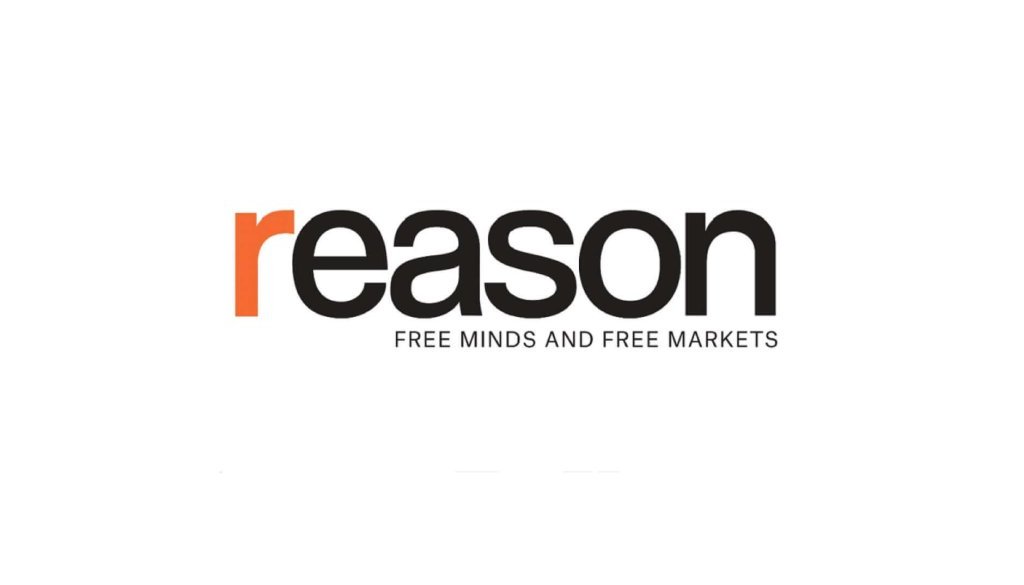Conflicts and Contrasts Make Jerusalem Endlessly Fascinating
This is part of Reason‘s 2025 summer travel issue. Click here to read the rest of the issue.
The Church of the Holy Sepulchre, traditionally identified as the site of Jesus Christ’s crucifixion and resurrection, is shared by half a dozen denominations under a baroque “status quo” agreement signed in 1757. The agreement, which could be viewed as an attempt to reduce conflict by establishing something like property rights, aimed to prevent interdenominational violence, which nevertheless occasionally breaks out between clerics with contradictory views of the prerogatives assigned to each group.
Near the church’s entrance is a conspicuous symbol of that uneasy arrangement: a three-century-old wooden ladder that connects a ledge to an upper-level window. Although that section of the building is assigned to the Armenian Apostolic Church, no one is allowed to mess with the “immovable ladder,” lest all hell break loose.
Old as they are, the clashes that inspired the status quo pact are recent by local standards. The original church, completed in 335 C.E. under Constantine the Great, replaced a pagan temple that Hadrian had built over a Jewish burial ground. The church was destroyed in 1009 at the order of Fatimid ruler al-Hakim bi-Amr Allah and rebuilt by Byzantine emperors in the mid-11th century.
All of that amounts to a small but representative slice of Jerusalem’s 5,000-year history, which features a long succession of powers contending for control of the same territory, including Canaanites, Egyptians, Israelites, Assyrians, Babylonians, Persians, Greeks, Romans, Byzantines, various Arab caliphates, Crusaders, Mamluks, Ottomans, and a fading British Empire. The City of Peace has been a locus of conflict for a very long time—a story that continues to this day.
The status of Jerusalem, which was divided between Israel and Jordan until the Six-Day War of 1967, has always been the trickiest issue for negotiators who imagine a two-state solution to the Israeli-Palestinian conflict. While both sides claim history is on their side, a longer view reveals a series of conquests and legal regimes that makes the question of just or rightful ownership difficult to resolve in any definitive way. For visitors to Jerusalem, the upside of that complicated history is that it left behind traces of all those civilizations, piled one atop another.
You can get a sense of that history at the Israel Museum (in West Jerusalem, near the Knesset) or the Rockefeller Archaeological Museum (in East Jerusalem, near Herod’s Gate), both of which are well worth a visit. But there is no substitute for walking around the city, which is endlessly fascinating.
The first settlement in the area dates to 3000 BCE. It was located near the Gihon Spring in the Kidron Valley, which is connected to the Pool of Siloam in the City of David by a 1,750-foot tunnel. The Hebrew Bible describes the tunnel as the work of Hezekiah, the Judean king whose reign ended around 687 BCE. You can still walk or wade (depending on the weather) through that tunnel, although you may have to crouch a bit to avoid bumping your head.
Nomenclature in and around the Old City can be confusing. The Tomb of Absalom, for instance, has nothing to do with Absalom, and the Tower of David has nothing to do with King David, except that he reportedly was a musician and the site that bears his name is a memorable setting for outdoor concerts. The Jerusalem Light Festival, held in June each year, is another striking contrast of old and new, featuring illuminated displays and projections against ancient walls and buildings.
The Western Wall, the main Old City attraction for observant Jews, is a bit of a puzzle. Although it was the first section of the retaining wall around the Temple Mount that became accessible to Jewish wo
Article from Reason.com

The Reason Magazine website is a go-to destination for libertarians seeking cogent analysis, investigative reporting, and thought-provoking commentary. Championing the principles of individual freedom, limited government, and free markets, the site offers a diverse range of articles, videos, and podcasts that challenge conventional wisdom and advocate for libertarian solutions. Whether you’re interested in politics, culture, or technology, Reason provides a unique lens that prioritizes liberty and rational discourse. It’s an essential resource for those who value critical thinking and nuanced debate in the pursuit of a freer society.



